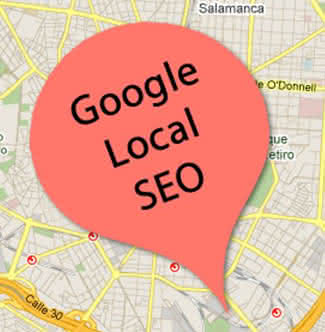Geo SEO positioning guides digital marketing efforts in achieving an increase in efficiency and effectiveness in local searches. 
With this technique, the strategies oriented to online and offline marketing are unified. Is about; - Register the web in Google Maps
- Perform an analysis of relevant and geolocated searches.
- Categorize the company to optimize your search.
- Use social networks as support for geo SEO strategies.
- The way to organize information will be an important aspect to take into account.
- The domain of the page must be local of each country as the use of the .es instead of the .com
- Search engines such as Live and Yahoo use the data from the yellow pages, so it is very important to have a presence in the local directories.
- For its part, Google is using its own information thanks to the Local Business Center, a free tool to register the company.
- With microformat (a way of labeling content to describe a specific type of information, for example, opinions, information about people or events) you can expand the information in the search results.
- With this type of microformat inserted in the code of a Web page you can indicate the information related to a person or company, for example;
75] <div>
<a href=" http://javiercasares...es.com/"> Javier Casares </a>
<div>
<span> Work </ span>:
<div> Ap. Post 2017
<span> Badalona </ span>,
<abbr title = "Barcelona"> BCN </ abbr>
<span> 08917 </ span>
<span> Spain </ span> </ div>
</ div>
<div>
<span> Work </ span> +34.555.123.456
</ div>
<div> Location:
<span> 41.40370 </ span>,
<span> 2.17433 </ span>
</ div>
</ div>
It must be remembered that local businesses will be highly benefited with geo positioning SEO , even can be positioned above the major brands of the market. To develop a geo SEO strategy , the domain must have the extension of the country to which you want to geolocate. Use the name of the city, country or region where you intend to position, for example: "lingerie sale in Barcelona" in the title and description of the page, as well as in the anchor text of internal links and in the content. 